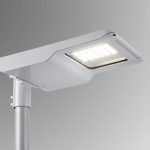IPL vs. LED Light Therapy: Understanding the Key Differences
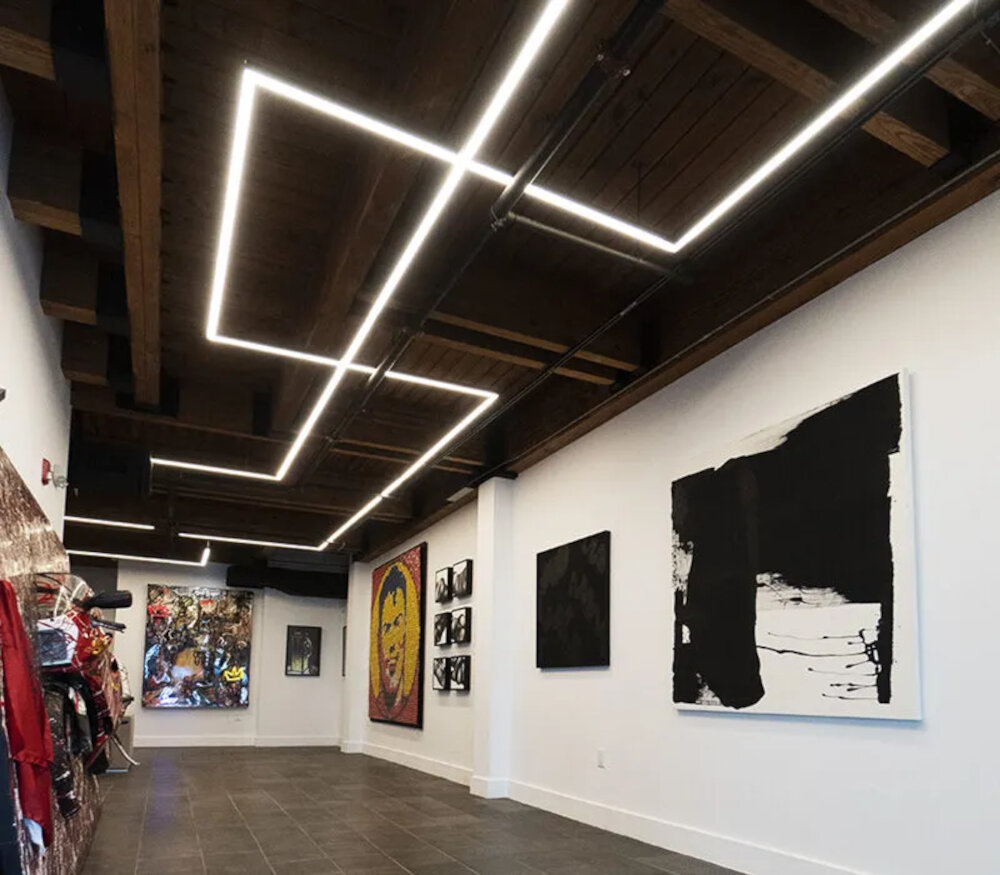
In recent years, light therapy has gained immense popularity for its ability to treat various skin concerns such as acne, aging, and pigmentation. Two of the most popular forms of light therapy are IPL (Intense Pulsed Light) and LED (Light Emitting Diode) therapy. While both forms of therapy use light to treat skin conditions, they differ in their mechanisms, capabilities, and applications. Understanding the key differences between IPL and LED therapy can help you choose the right treatment for your skin concerns. IPL therapy uses a broad spectrum of light wavelengths to target multiple skin concerns such as pigmentation, redness, and fine lines. It emits short bursts of light energy that penetrate deep into the skin, causing damage to the targeted cells. This triggers the body’s natural healing response, which stimulates collagen production, reduces inflammation, and repairs damaged skin cells. On the other hand, LED therapy uses a specific wavelength of light to treat a particular skin concern. It emits a low-level light energy that penetrates the skin’s surface and boosts cellular activity, promoting healing and rejuvenation. While both forms of therapy have their unique benefits, understanding the key differences between them can help you choose the right one for your skin’s needs.
IPL and LED light therapy are two popular non-invasive treatments used in the beauty industry to address various skin concerns. IPL, which stands for Intense Pulsed Light, uses a broad spectrum of light wavelengths to target pigmentation, sun damage, and vascular lesions. It works by emitting short bursts of light that penetrate the skin and heat up the targeted area, causing the pigment or blood vessel to break down and eventually be absorbed by the body. LED, on the other hand, stands for Light Emitting Diode and uses a specific wavelength of light to stimulate the skin’s natural healing processes. It can be used to boost collagen production, reduce inflammation, and improve overall skin texture. Unlike IPL, LED therapy does not emit heat and is therefore a more gentle and comfortable treatment option. While both IPL and LED light therapy can yield impressive results, they are fundamentally different treatments and should be chosen based on the specific skin concern being addressed.
Light therapy, also known as phototherapy, has become increasingly popular in recent years due to its range of benefits. One of the main advantages of light therapy is its ability to treat a variety of skin conditions, such as acne, rosacea, and hyperpigmentation. This is because different wavelengths of light can penetrate the skin at different depths, helping to stimulate collagen production, increase blood flow, and reduce inflammation. In addition to its skincare benefits, light therapy has also been shown to improve mood and alleviate symptoms of seasonal affective disorder (SAD) by mimicking natural sunlight. It’s a non-invasive, painless, and cost-effective alternative to traditional treatments, making it a great option for those looking to improve their skin or mood without undergoing surgery or medication.
Understanding the differences between IPL and LED light therapy is crucial for those seeking to improve their skin health. Although both treatments use light energy for skin rejuvenation, they differ in their wavelength, intensity, and depth of penetration. IPL uses multiple wavelengths of light to target different skin conditions, such as pigmentation, age spots, and spider veins. On the other hand, LED light therapy emits a single wavelength of light that penetrates deeper into the skin, stimulating cellular activity and collagen production. Knowing these distinctions will help individuals choose the most suitable treatment for their skin type and the specific concerns they want to address. Ultimately, the correct application of IPL or LED light therapy can lead to a smoother, clearer, and more youthful-looking complexion.
IPL Light Therapy
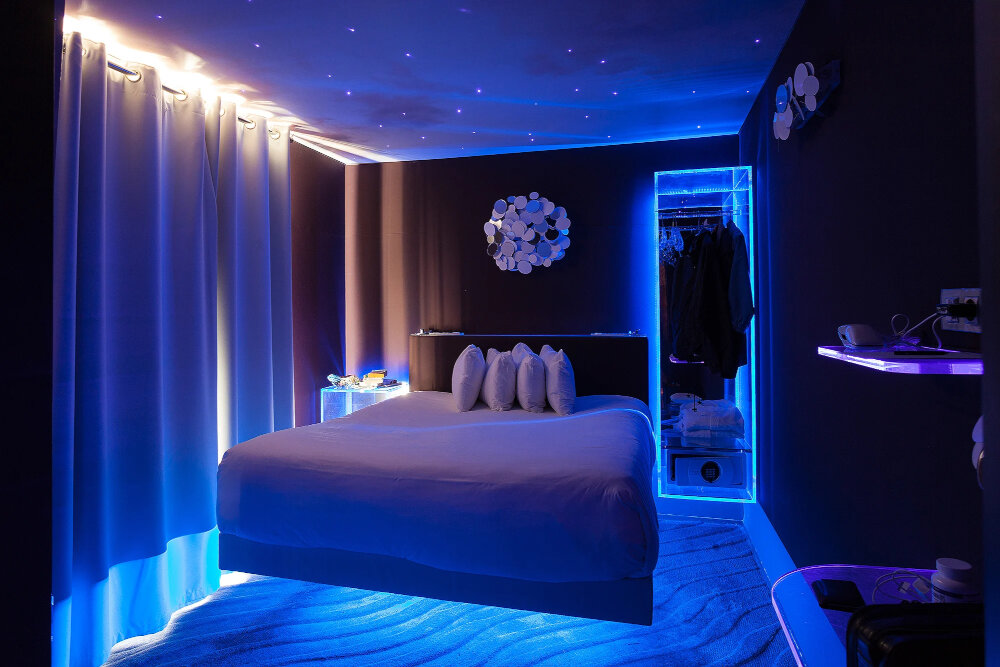
IPL light therapy, also known as intense pulsed light therapy, is a popular cosmetic treatment that uses a broad spectrum of light to target a variety of skin concerns. Unlike LED light therapy, which emits a specific wavelength of light, IPL delivers multiple wavelengths that can be adjusted to target specific skin concerns such as hyperpigmentation, acne, and fine lines. IPL works by delivering brief pulses of intense light energy into the skin, which is absorbed by the targeted cells and converted into heat. This heat then destroys the targeted cells, prompting the body’s natural healing response and promoting the growth of new, healthy cells. IPL is a non-invasive, non-surgical treatment that can provide dramatic results with minimal downtime. One of the key benefits of IPL light therapy is its versatility. Because it can be adjusted to target different skin concerns, it can be used to treat a wide range of conditions, from acne and rosacea to age spots and sun damage. IPL can also be used on virtually any part of the body, making it an ideal choice for those looking to improve the appearance of their skin without undergoing more invasive procedures. However, IPL does have some limitations. It is not effective for treating deep wrinkles or sagging skin, and it may not be suitable for those with very dark skin or a history of skin cancer. As with any cosmetic treatment, it’s important to consult with a qualified professional to determine whether IPL is right for you.
IPL, which stands for Intense Pulsed Light, is a type of light therapy that uses a broad spectrum of light to target various skin concerns such as hyperpigmentation, acne, and fine lines. Unlike other light therapies, IPL emits multiple wavelengths of light that penetrate deeper into the skin, targeting the melanin and hemoglobin in the skin without damaging the surrounding tissues. IPL is a non-invasive treatment that is popular for its ability to improve the appearance of the skin, reduce the signs of aging, and stimulate collagen production. However, IPL is not suitable for all skin types and can cause side effects such as redness, swelling, and blistering if not performed correctly.
IPL, short for Intense Pulsed Light, is a non-invasive skin treatment that uses a broad spectrum of light to target and treat various skin concerns, such as hyperpigmentation, acne, and fine lines. IPL works by emitting intense pulses of light that penetrate the skin’s surface and heat up the targeted cells, causing them to break down and be absorbed by the body. The heat also stimulates collagen production, which helps to improve skin texture and reduce the appearance of fine lines and wrinkles. Unlike LED light therapy, IPL requires multiple sessions to achieve optimal results, and it is not suitable for all skin types. It is important to consult with a skincare professional to determine if IPL is the right treatment for you.
IPL or Intense Pulsed Light therapy is a popular non-invasive cosmetic treatment that uses a broad spectrum of light to improve the appearance of skin. One of the main benefits of IPL is its ability to target multiple skin concerns, such as sun damage, hyperpigmentation, rosacea, and acne. IPL works by penetrating deep into the skin, stimulating collagen production, and reducing the appearance of fine lines and wrinkles. Additionally, IPL can also minimize the appearance of pores, improve skin texture and tone, and provide an overall rejuvenated and refreshed look. IPL is also a relatively quick and painless treatment, with minimal downtime, making it a convenient option for individuals with busy lifestyles.
IPL or Intense Pulsed Light therapy is a popular skin treatment method that uses intense light energy to stimulate collagen production and reduce the appearance of skin imperfections. However, it comes with some risks and side effects. The most common side effects of IPL include redness, swelling, and skin sensitivity. In rare cases, it can cause blistering, scarring, and hyperpigmentation. IPL is not recommended for people with darker skin tones as it can cause uneven skin tone or burns. Additionally, IPL should not be performed on pregnant women or individuals taking certain medications that increase photosensitivity. It’s important to discuss the risks and benefits of IPL with a qualified skincare professional to determine if it’s the right treatment for you.
LED Light Therapy
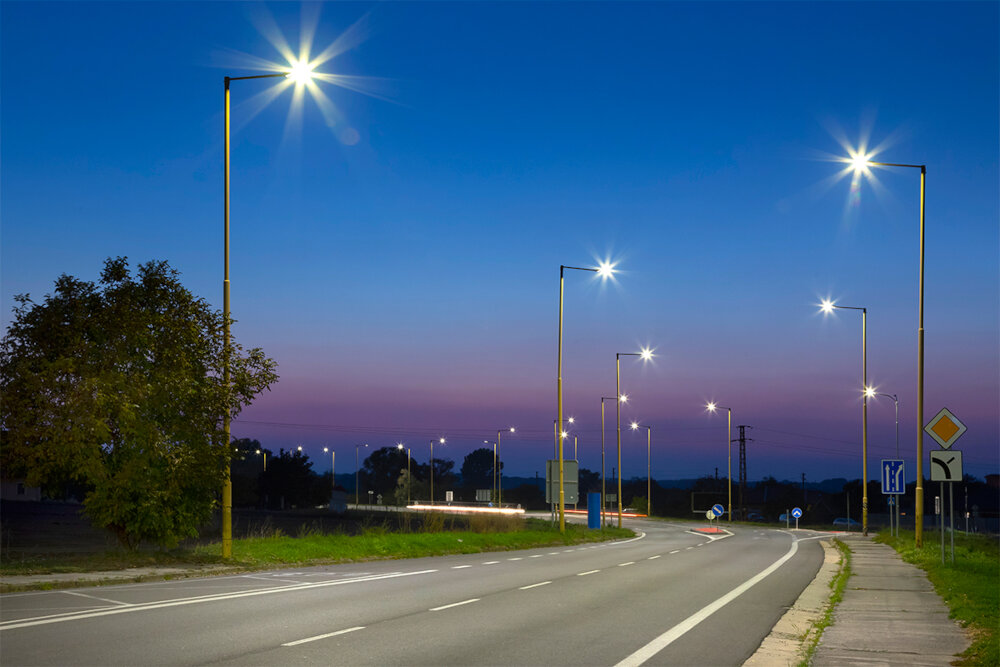
LED light therapy is a non-invasive treatment that uses various wavelengths of light to treat a variety of skin conditions. This treatment has been proven effective in reducing the appearance of fine lines and wrinkles, improving skin tone and texture, and reducing the appearance of acne scars. LED light therapy is a painless treatment that can be done in a professional setting or at home with a handheld device. The treatment works by penetrating the skin and stimulating the production of collagen and elastin, which are essential for healthy, youthful-looking skin. LED light therapy is safe for all skin types and can be used in conjunction with other treatments to enhance their effectiveness. One of the key benefits of LED light therapy is that it is non-invasive and does not require any downtime. Unlike other treatments like chemical peels or laser resurfacing, LED light therapy does not damage the skin or require any recovery time. This makes it an ideal treatment for those who have busy schedules or do not want to take time off work to recover from a cosmetic procedure. Additionally, LED light therapy is a cost-effective alternative to more invasive treatments like Botox or fillers. While the results may not be as dramatic as these procedures, LED light therapy can provide noticeable improvements to the skin over time with consistent use.
LED stands for Light Emitting Diode and is a technology that emits light when an electric current is passed through a semiconductor material. LED light therapy is a non-invasive treatment that harnesses the power of LED lights to rejuvenate skin, reduce inflammation, and promote healing. Unlike other types of light therapy, LEDs emit specific wavelengths of light, which can be customized to target different skin concerns. LED therapy has been shown to be effective in treating acne, reducing fine lines and wrinkles, and improving overall skin health. Additionally, LED therapy is safe, painless, and can be done in the comfort of your own home with the use of a handheld device.
LED, or Light-Emitting Diodes, work by converting electrical energy into light energy. When a current is passed through the diode, it excites the electrons within the semiconductor material, causing them to emit photons of light. The color of the light emitted depends on the type of semiconductor material used. LEDs are highly energy-efficient as they produce very little heat compared to traditional light sources. They also have a longer lifespan and can be easily controlled and manipulated to produce specific wavelengths of light for different therapeutic benefits. In LED light therapy, different colored LED lights are used to penetrate the skin at varying depths, promoting cell regeneration, reducing inflammation, and improving skin texture and tone.
LED (Light Emitting Diode) light therapy has numerous benefits that make it an attractive option for those seeking a safe, non-invasive, and effective skin treatment. LED light therapy uses different wavelengths of light to target specific skin concerns. For example, blue light is used to treat acne, red light stimulates collagen production, and infrared light reduces inflammation. LED light therapy is also painless and does not damage the skin, making it a suitable option for all skin types. Additionally, the treatment does not require any downtime, and results can be seen after just a few sessions. With its versatility and effectiveness, LED light therapy is a popular choice for those looking to improve their skin’s overall health and appearance.
While LED light therapy is generally considered safe, there are still some risks and potential side effects to be aware of. One of the main concerns is the risk of eye damage, as LED lights can be very bright and may cause harm if stared at directly. Additionally, some people may experience skin irritation or redness after using LED therapy, particularly if they have sensitive skin. It’s important to follow the manufacturer’s instructions carefully and start with shorter treatment times to minimize the risk of adverse effects. Overall, LED therapy can be a safe and effective way to improve skin health, but it’s important to approach it with caution and be aware of any potential risks.
Key Differences between IPL and LED
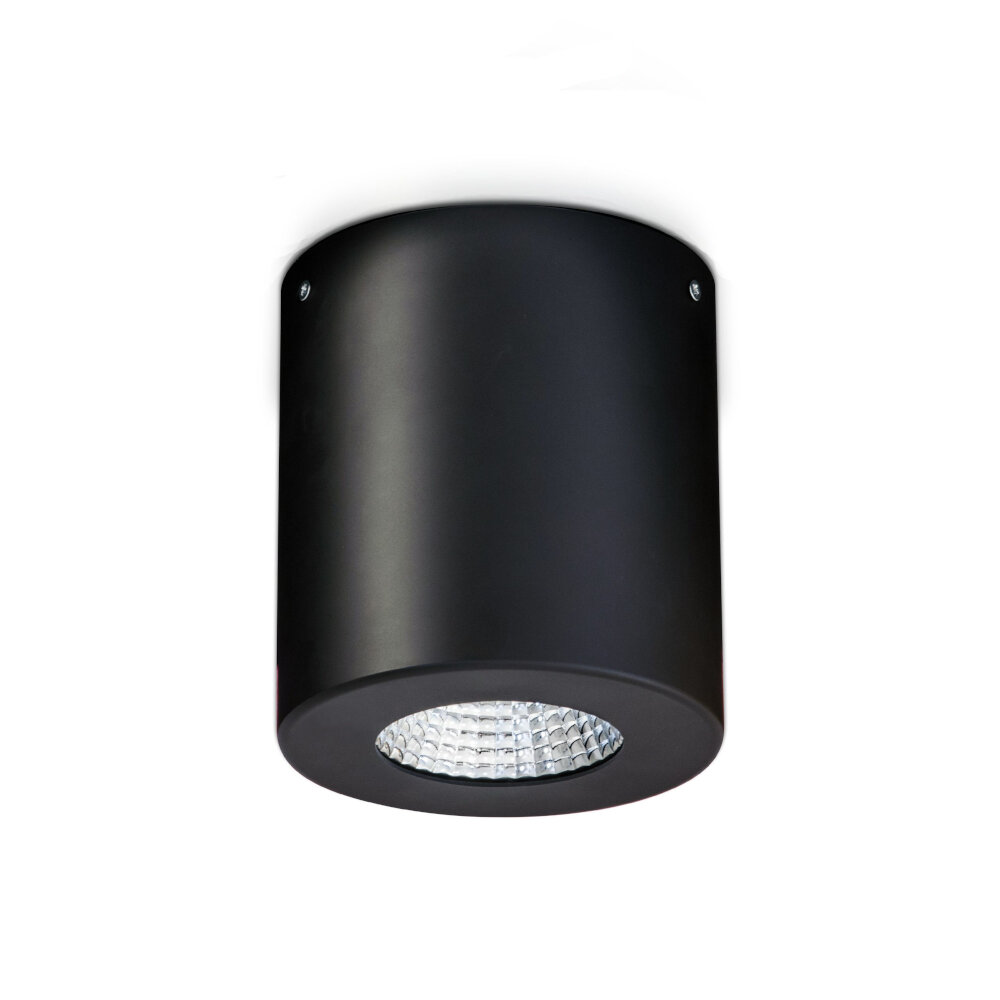
IPL (Intense Pulsed Light) and LED (Light Emitting Diode) light therapies are among the most popular non-invasive treatments used in the skincare industry. Both treatments use light to rejuvenate the skin, but they differ in terms of the technology used, the depth of penetration, and the type of skin conditions they treat. IPL uses a broad spectrum of light that penetrates deep into the skin, while LED therapy targets specific wavelengths of light that are absorbed by the skin’s cells. One of the significant differences between IPL and LED therapy is the range of skin concerns they address. IPL is primarily used to treat skin pigmentation, sun damage, and broken blood vessels. It targets the melanin in the skin, which absorbs the light energy, causing the pigment to break down and fade. On the other hand, LED therapy is used for a broader range of skin concerns, including acne, fine lines, wrinkles, and inflammation. It stimulates cellular activity, which promotes collagen production, reduces inflammation, and improves skin texture. In summary, IPL is best for addressing specific skin concerns, while LED therapy is more versatile and can be used for a wide range of skin conditions.
IPL and LED light therapy are two popular non-invasive treatments used for various skin conditions. The primary difference between the two is the wavelengths they use. IPL uses a broad spectrum of light wavelengths, typically ranging from 500 to 1200 nm, while LED therapy uses a narrower spectrum of wavelengths, usually between 400 to 700 nm. IPL’s broad spectrum of wavelengths makes it a versatile treatment for a wide range of skin conditions, including pigmentation, acne, and hair removal. On the other hand, LED therapy’s narrower spectrum of wavelengths makes it more targeted and effective for specific skin concerns, such as reducing inflammation and improving collagen production. While both treatments are effective, understanding the differences in wavelengths is essential in choosing the best treatment for your individual skincare needs.
IPL and LED light therapies are both effective in treating various skin conditions, but they differ in their targeted areas. IPL, or Intense Pulsed Light, is mainly used to treat pigmentation issues such as age spots, sun damage, and freckles. It can also help reduce the appearance of spider veins and rosacea. On the other hand, LED, or Light Emitting Diode, is primarily used for its anti-aging benefits, including reducing fine lines and wrinkles, improving skin texture, and stimulating collagen production. LED is also effective in treating acne, as it targets bacteria that cause breakouts. While both IPL and LED are non-invasive and can be used on different parts of the body, they have distinct areas of focus, making them suitable for different skin concerns.
The duration of treatment for IPL and LED light therapy varies depending on the condition being treated. IPL therapy typically requires several sessions over a period of several weeks or months, with each session lasting anywhere from 15 to 45 minutes. The number of treatments needed can vary depending on the severity of the condition being treated and the individual’s response to the therapy. LED light therapy, on the other hand, can be done in shorter sessions and may require more frequent treatments. Typically, a session lasts between 10 to 30 minutes, and treatments may be done several times per week for several weeks. Overall, both IPL and LED light therapy require a commitment to regular treatment sessions in order to see significant results.
When it comes to the cost comparison between IPL and LED light therapy, there are several factors to consider. Initially, IPL requires expensive equipment and has high maintenance costs, making it an expensive treatment option. On the other hand, LED light therapy is a more affordable option, as it requires less equipment and has lower maintenance costs. Additionally, IPL requires more treatments to achieve the desired results, which can add up in cost over time. In contrast, LED light therapy typically requires fewer treatments, making it a more cost-effective option in the long run. Overall, while IPL may offer quicker results, LED light therapy is a more affordable and convenient option for many individuals seeking light-based skin treatments.
Choosing the Right Light Therapy
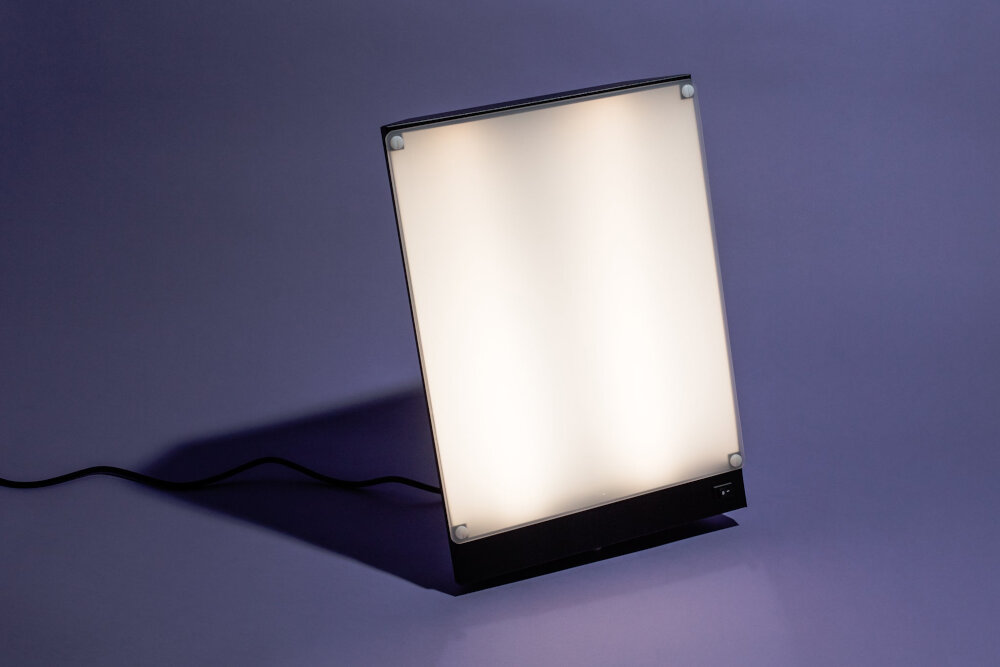
Choosing the right light therapy can be a daunting task, especially with the plethora of options available in the market. However, understanding the key differences between IPL and LED light therapy can help you make an informed decision. IPL or Intense Pulsed Light therapy is a non-invasive treatment that uses a broad spectrum of light to target and destroy specific cells without damaging surrounding tissues. It is commonly used to treat skin conditions such as acne, rosacea, and hyperpigmentation. IPL is also used for hair removal, and it is known for its effectiveness in reducing the appearance of fine lines and wrinkles. On the other hand, LED or Light Emitting Diode therapy is a non-invasive treatment that uses specific wavelengths of light to penetrate the skin’s surface and stimulate cell regeneration. LED light therapy is commonly used to treat acne, reduce inflammation, and improve the overall texture and tone of the skin. It is also used to alleviate pain and promote healing. Unlike IPL, LED light therapy does not use heat, making it a safe and gentle option for people with sensitive skin. Overall, choosing the right light therapy depends on your specific needs and skin concerns. It is always recommended to consult with a dermatologist or skincare expert before starting any light therapy treatment.
When deciding between IPL and LED light therapy, there are several factors to consider. Firstly, IPL (Intense Pulsed Light) is generally more powerful and effective for treating a range of skin concerns such as hyperpigmentation and acne. However, it can be more painful and may require more downtime. On the other hand, LED (Light Emitting Diode) therapy is less intense but more gentle and can be used on a daily basis for maintenance. It is also less expensive and less invasive than IPL. Additionally, LED therapy is safe for all skin types, while IPL may not be suitable for those with darker skin tones. Ultimately, the choice between IPL and LED depends on individual skin concerns, budget, and personal preferences.
IPL and LED light therapies are effective treatments for various skin conditions. IPL is mostly used for treating pigmentation issues such as freckles, sunspots, and age spots, as well as vascular concerns like rosacea and broken capillaries. On the other hand, LED light therapy is best for reducing inflammation and healing acne-prone skin. It can also improve the overall texture and tone of the skin by promoting collagen production. Both IPL and LED light therapies are non-invasive, painless, and safe for most skin types, making them popular choices for those seeking effective skin treatments without undergoing surgery or invasive procedures.
Consulting with a dermatologist or skin care professional can be crucial when deciding between IPL and LED light therapy. These experts can assess your skin type and condition, and recommend the best treatment option for your specific needs. They can also help you understand the potential risks and benefits of each therapy, as well as any potential side effects. Additionally, a dermatologist can provide guidance on other skin care practices and products that can complement your light therapy treatment and help you achieve optimal skin health. Seeking professional advice can give you peace of mind and help you make an informed decision that will ultimately benefit your skin.
IPL (Intense Pulsed Light) and LED (Light Emitting Diode) are two popular light therapy treatments that have been used to address various skin conditions such as acne, wrinkles, and hyperpigmentation. IPL uses a broad spectrum of light to target multiple skin concerns, whereas LED therapy uses a narrow spectrum of light to specifically target certain skin issues. IPL is often more intense and can produce faster results, but also comes with a higher risk of side effects such as burns and discomfort. LED therapy, on the other hand, is gentler on the skin and has a lower risk of side effects, but may take longer to produce visible results. Ultimately, the choice between IPL and LED therapy depends on individual skin concerns and preferences.
When it comes to light therapy treatments such as IPL and LED, consulting with a professional is crucial. While these treatments can offer numerous benefits for the skin, they can also be risky if not performed correctly. A professional can assess your skin type and condition, determine the best treatment for your individual needs, and ensure that the treatment is performed safely and effectively. Additionally, they can advise you on the frequency and duration of treatments, as well as any precautions you should take before and after each session. By consulting with a professional, you can rest assured that you are receiving the best possible care for your skin.
In conclusion, both IPL and LED light therapy have their own unique benefits and drawbacks. IPL is more effective in treating specific skin issues such as pigmentation and redness, but it can also cause discomfort and is not suitable for all skin types. On the other hand, LED light therapy is a more gentle and versatile treatment that can address a wide range of skin concerns, but it may require more sessions for noticeable results. Ultimately, the choice between IPL and LED light therapy will depend on individual needs and preferences. Consulting with a skincare professional can help determine which treatment is best suited for your skin type and concerns.
Conclusion
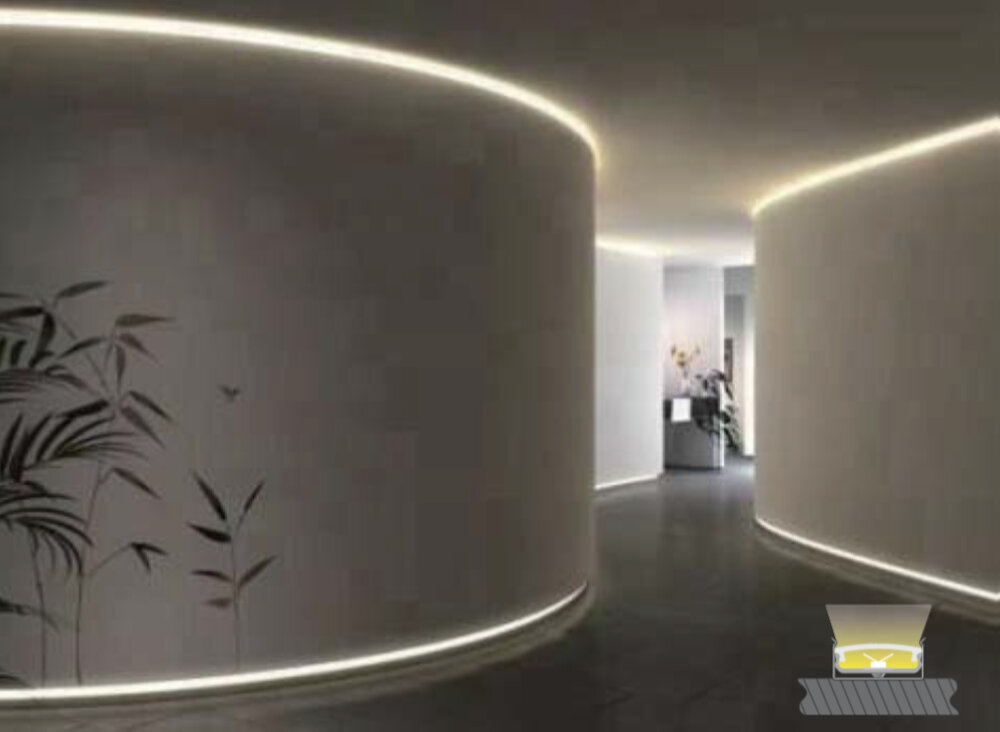
In conclusion, IPL and LED light therapies are both effective forms of non-invasive treatments for a wide range of skin concerns. However, they differ in terms of their mechanisms, wavelengths, and treatment applications. IPL uses broad-spectrum light to target melanin and hemoglobin, making it suitable for hair removal and treating vascular and pigmentation issues. On the other hand, LED therapy utilizes a narrowband light that stimulates cellular function and collagen production, making it ideal for anti-aging and wound healing purposes. Ultimately, the choice between IPL and LED therapy depends on the specific skin condition and desired treatment outcomes. It is important to consult with a qualified dermatologist to determine the best course of action for achieving optimal results.


